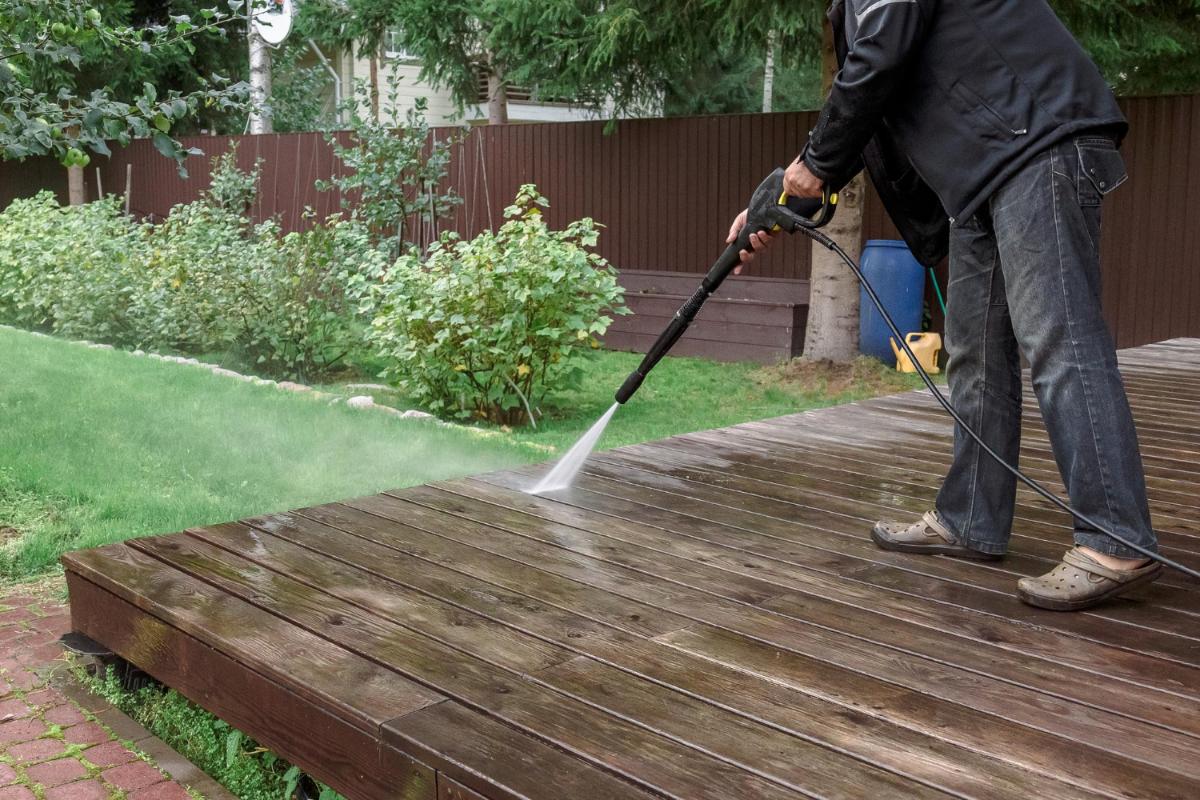
Our experts on pressure washing in Sanford, FL, want you to know how to operate a pressure washer like a professional.
A pressure washer has a pump, an engine, piping, an unloader valve, a relief valve, outlet and inlet hose connections, a chemical tank, a hose, a spray gun, a wand, a nozzle, an enclosure case, and a combination of buttons, meters, and starters.
Be mindful of the risks such as projectiles splattering into your eye, kickback from your spray gun, slick surfaces, high-temperature surfaces on the apparatus, high-speed turning parts on the device, toxic fumes if using gas, combustible gases, electrocution hazards if using an electric machine, high-pressure water so never point at people or animals and you may require hearing protection.
Most pressure washers demand some assembly when you remove them from their delivery box. For example, you might have to connect the handle, hose reel, or spray gun holder. Mind the included User Manual instructions.
Using a gas and electric pressure washer is a little different, particularly at start-up. In a gas machine, you must check the engine oil and gas tank before connecting the hoses and starting it by pushing or pulling the choke and then pulling the recoil starter. An electric machine, you only plug it in, and press go. Once the pressure washer is on and the water is flowing, start with the nozzle a few feet away from the surface to discourage damage. Always begin with a broader angle nozzle and change nozzles if the pressure is not sufficient.
If you intend to store and not operate your pressure washer for 30 or more days, you must use the proper storage method. It incorporates flushing the apparatus of all detergent and water, adding a pump saver, and in a gas engine, adding a fuel stabilizer or draining the fuel and antifreeze as your User Manual prescribes.
Your pressure washer's User Manual will have a maintenance recommendation which usually contains a list of examinations to make and at what interval – following each use, monthly, yearly, etc. It will also have a servicing suggestion, which for a gas machine comprises cleaning its air filter and changing its spark plugs.
There are typical problems that you might encounter that are easy fixes. The User Manual will have these with some solutions. They are: machine is on but no water flow (inspect water source, clear nozzle, remove lance and nozzle and spray with only the gun), water leaking (check for o-ring damage between the hose and spray gun), gas engine problems (inspect air filter, examine fuel tank, are you on a steep incline?, inspect engine oil, clean air filter, check spark plugs).
Follow these tips for using a pressure washer without causing damage. Then, call us first if you need professional pressure washing in Sanford, FL. We are here to help.